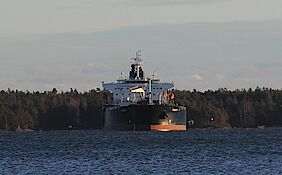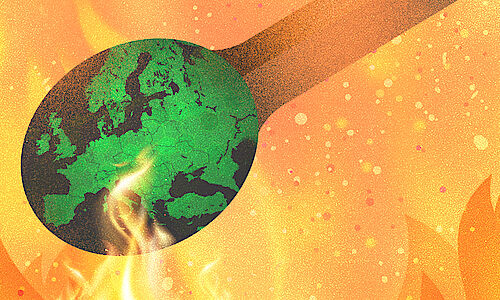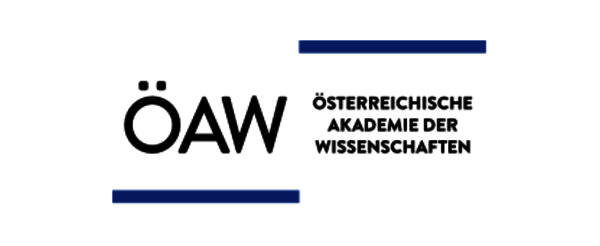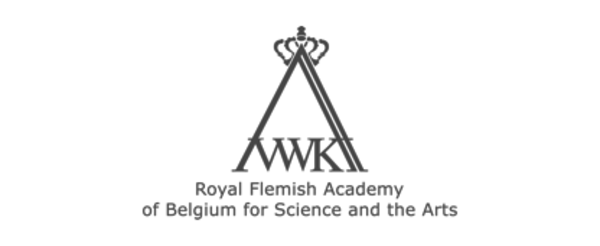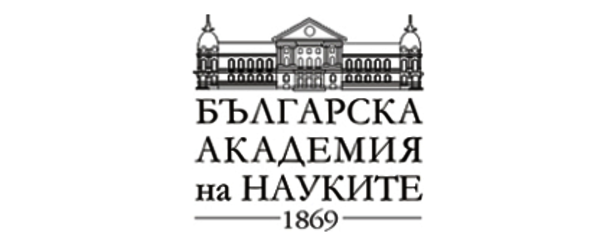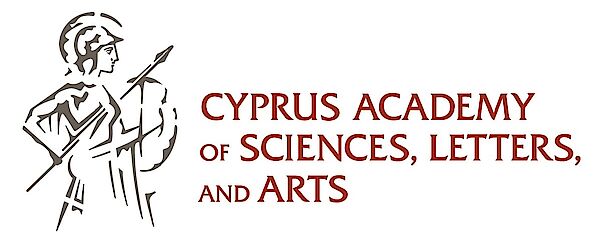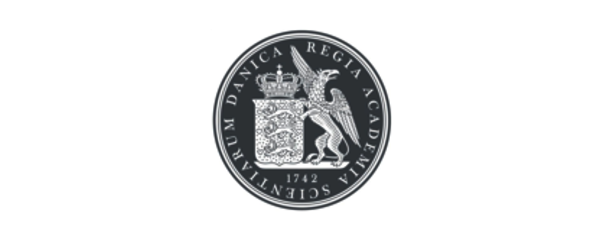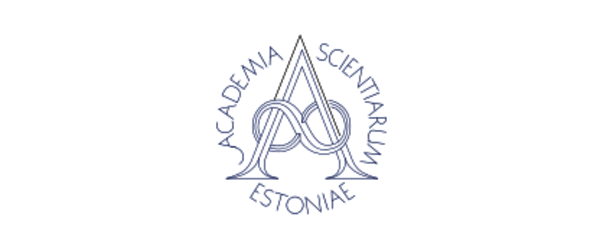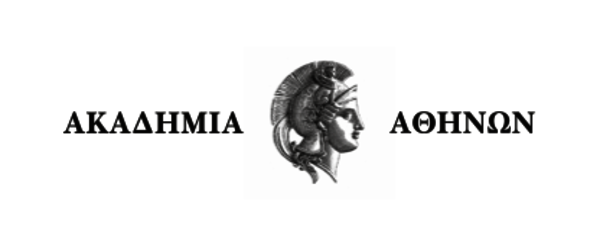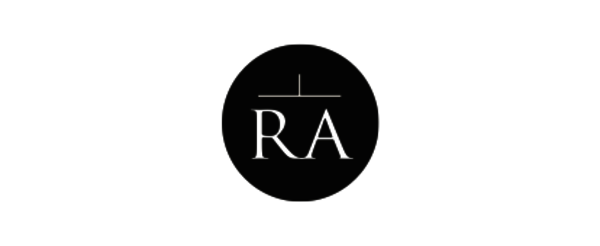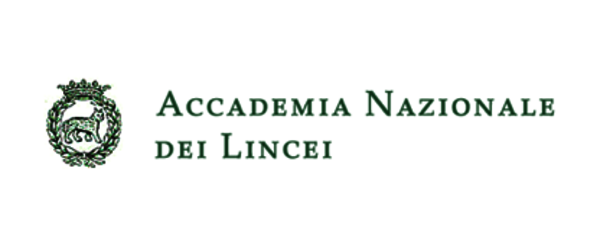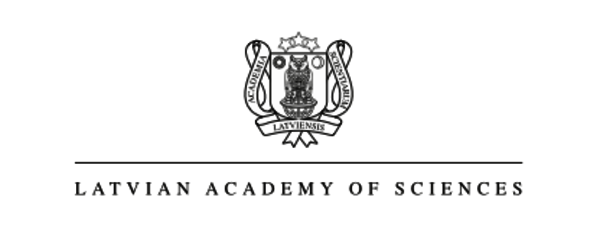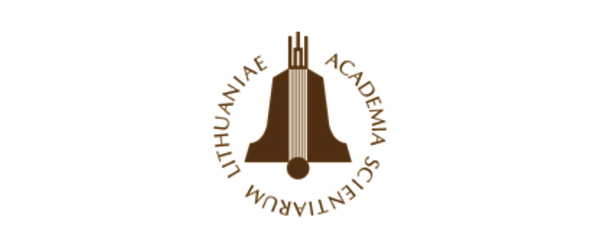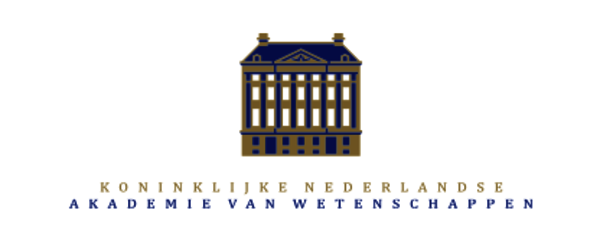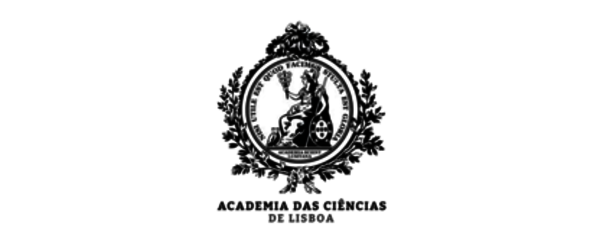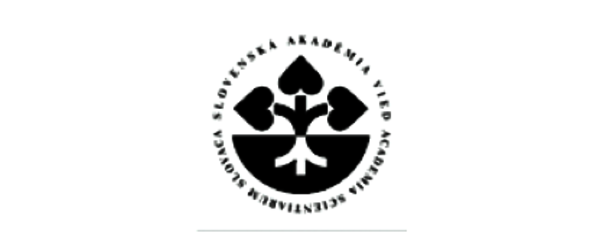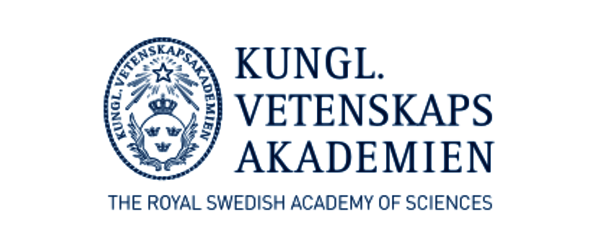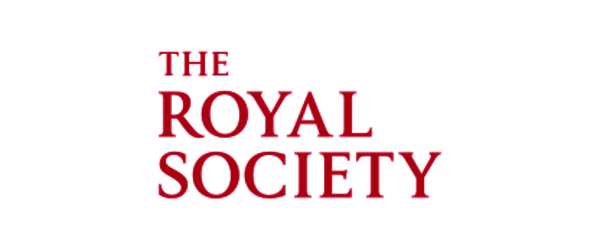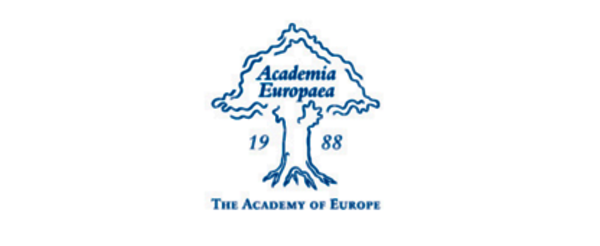News & Academies' activities
Europe's Energy Security and the Estlink 2 Incident Amid Winter Demands
Since then, the EU as a whole and individual countries have taken steps to diversify their sources, reduce consumption, and accelerate the rollout of renewables. Europe has also pursued LNG infrastructure development, including new terminals and agreements with non-Russian suppliers, mostly the US. The result was an 18% drop in demand by 1 November 2024, while gas storage in January 2025 was filled at 85%. Yet, many challenges remain.
For one, Russia deliberately circumvents international sanctions with dilapidated ships whose ownership is unclear. Experts warn of the high environmental risks. Investigations by Finnish authorities suggest that the oil tanker the Eagle S, part of Russia's so-called "shadow fleet," is responsible for recent damages to the power line Estlink 2 between Finland and Estonia and four communication cables with its anchor. As part of a series of disruptions to undersea cables in the Baltic Sea region, it raises concerns about the security of critical infrastructure.
Prof. Paula Kivimaa, Co-Chair of EASAC's Working Group on the Security of Sustainable Energy Supplies, was invited as a guest speaker at the Montel energy podcast this week, discussing the Estlink 2 damage: https://podcast.montelnews.com/257968/episodes/16453004-hybrid-energy-war-in-the-baltic

